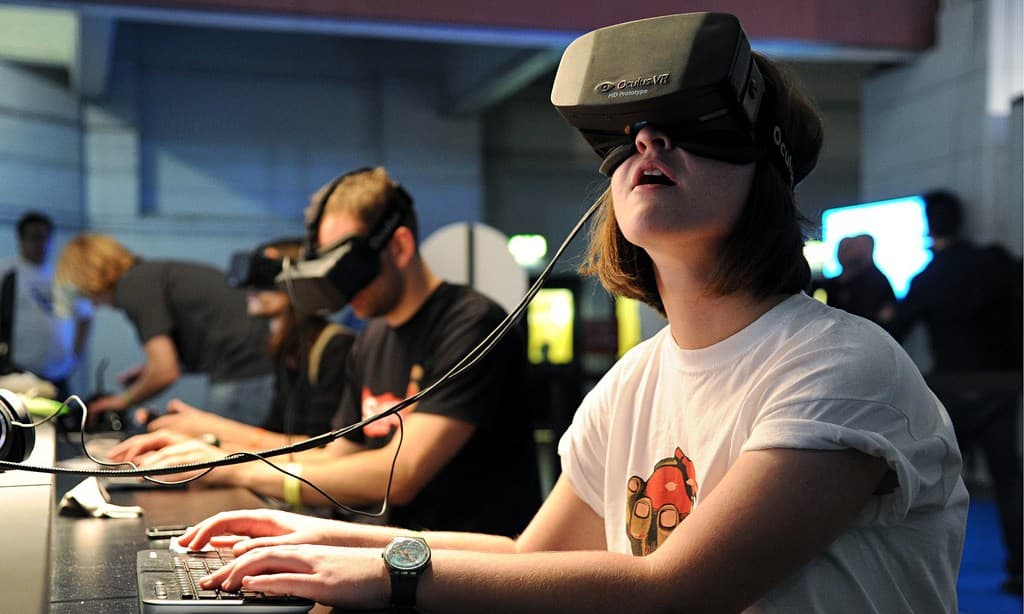- You are here:
- Home »
- Business »
- Should business managers incorporate VR?
Should business managers incorporate VR?

(This article was produced in collaboration with Madison Meyer)
While it might not be apparent on a day-to-day basis just yet, the virtual reality industry is expanding fairly rapidly. This technology has existed for years but was introduced to the public on a commercial level in late-2015, with the main focus being on how it could enhance and change video games. Here, there has actually been some skepticism about the technology’s potential; gamers haven’t quite adopted VR as enthusiastically as was anticipated. More broadly speaking however, VR is rapidly gaining traction, and could ultimately have a significant impact on business environments.
The apparent disconnect between VR’s positive trajectory and its disappointing start in gaming naturally points us to different areas when we think about the growth of the technology. For instance, we’re starting to see virtual reality being put to exciting and innovative use in retail shopping, real estate, activism, fitness, and even sports spectatorship. And it’s actually that last one that hints at some of the potential uses for VR in business.
Through VR, some people are beginning to experience sports and other live events in a new way, and from a close-up perspective. People will always enjoy getting as close as possible to the action, and there is also a quest for more realism, interaction and immersion in the gambling industries so closely tied to sports. Those goals – realism, interaction, and immersion – are, when you think about it, just what we strive for in business settings when remote communication or teamwork is necessary. And VR can facilitate this fairly easily.
In sports spectatorship, the goal is of course to sit at home, put on a VR headset, and see a game as if you’re actually sitting in the stands, or enjoying some other unique perspective. But imagine this concept tweaked for business. You could be in your own office, or even at home, and use virtual reality to “attend” a conference meeting or watch a lecture. Compare that to simply watching a stream on your laptop or reading an email with notes on what you might have missed, and the difference is actually significant. The added immersion should yield better participation and understanding.
That’s not the only thing we have to look forward to with VR in business either. An article at Fast Company explored the impact of virtual reality and, while it noted the idea of remote conferencing and virtual attendance as noted above, it also spoke to some exciting new concepts. For instance, VR could allow employees to look at a whiteboard and see contributions made to it by numerous people at the same time; people sitting in the same conference room could even look at files, demonstrations, and presentations brought to life via VR.
All of this is still developing, but much of it will be implemented in offices in the near future. And because of this, managers in any relevant businesses should already be considering when and how to incorporate the tech into day-to-day practices. It has the potential to drastically improve efficiency, and possibly even make the workplace more interesting and engaging for employees.

